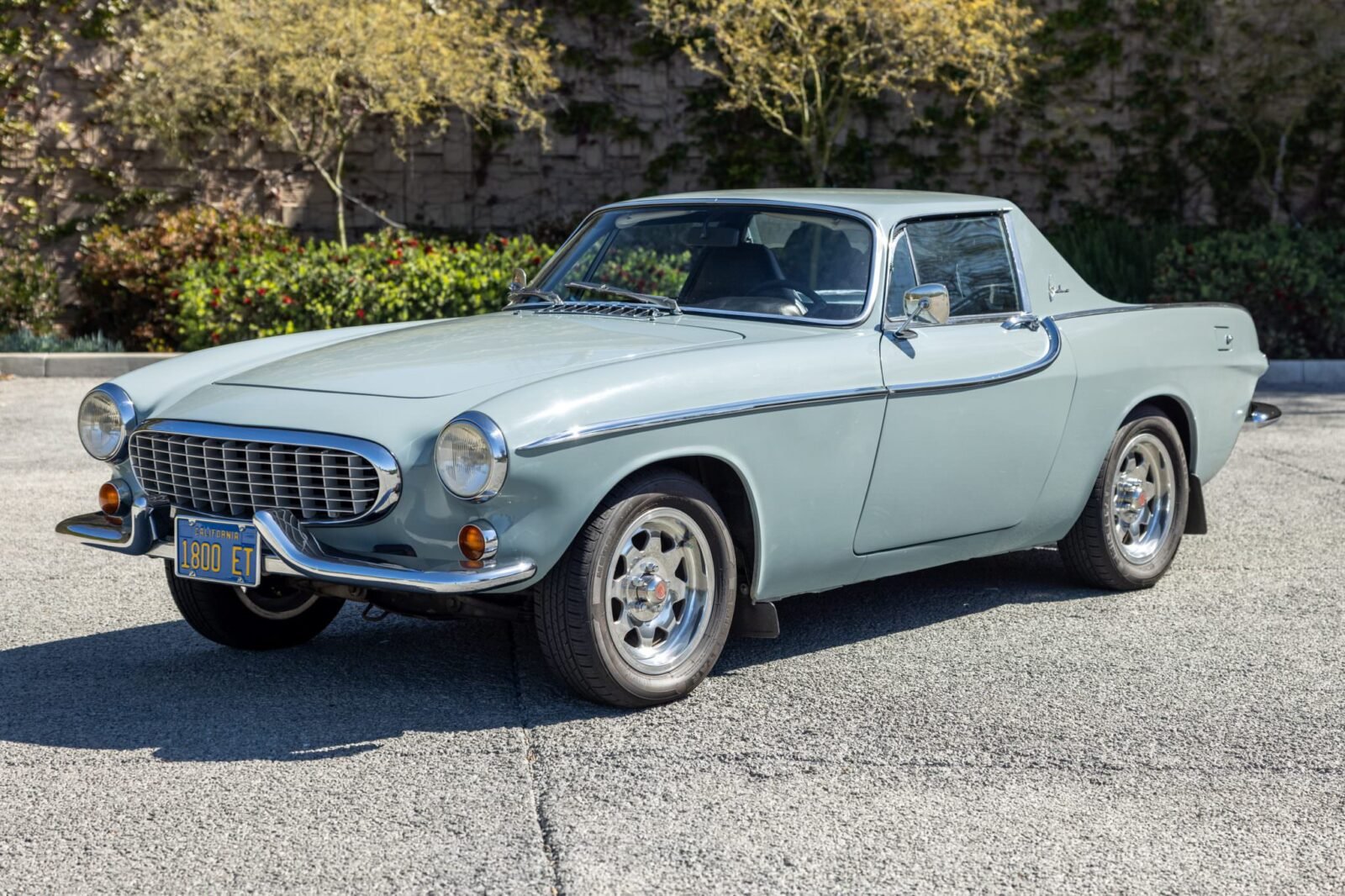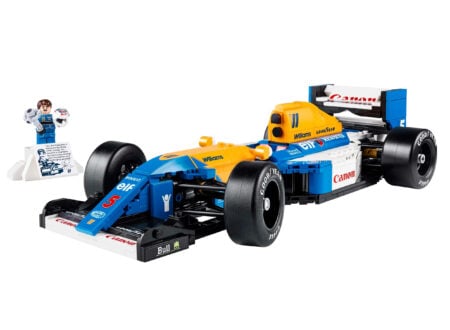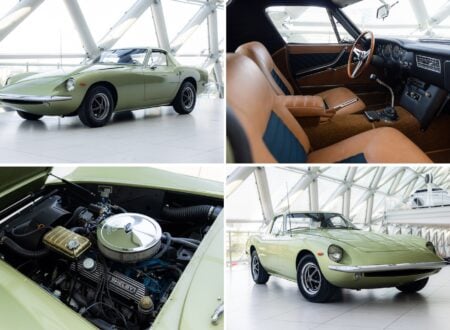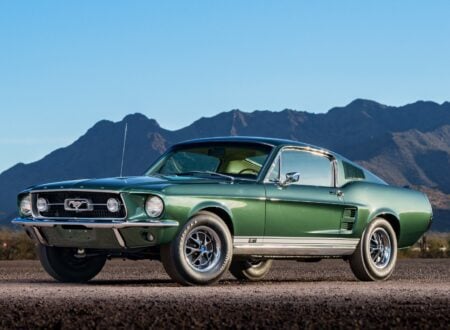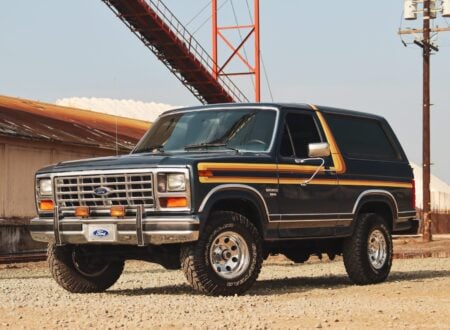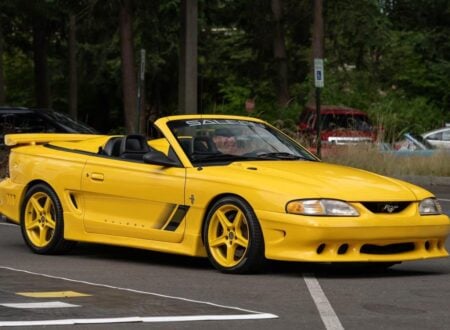This highly unusual Volvo 1800ES pickup conversion was built over a period of decades using some additional parts sourced from a scrap Subaru BRAT pickup.
The Volvo 1800ES is the shooting brake version of the earlier Volvo P1800, a shooting brake being a two-door estate car (station wagon). The 1800ES has been hailed as one of the most beautiful production shooting brakes ever made, and the version shown in this article has had the rear converted into a “ute.”
Fast Facts – A Volvo 1800ES Pickup Conversion
- The Volvo 1800ES was introduced in the autumn of 1971 as a continuation of the P1800 series, which began in the early 1960s. The P1800 series was initially a sports car project designed to put Volvo on the map in the international sports car market.
- The most striking feature of the 1800ES is its glass rear hatch, a design element that was quite innovative at the time and would influence a number of future shooting brakes and hatchbacks. Its design combines the sleek, elongated front of a sports car with the practical rear of a station wagon, earning it nicknames like “Snow White’s Coffin” due to the distinctive glasshouse rear.
- Under the hood, the 1800ES was equipped with a B20E engine, a 2.0 liter, fuel-injected 4-cylinder engine capable of 125 bhp. This was paired with either a 4-speed manual transmission with overdrive or an optional 3-speed automatic.
- The 1800ES you see in this article has been carefully converted into a pickup, or a ute as it’s known in Australia, using parts from a Subaru BRAT including the rear bulkhead and cargo bed. It’s now being offered for sale out of Chula Vista, California on Bring a Trailer.
“Snow White’s Coffin” – The Volvo 1800ES
The Volvo 1800ES made its debut in the autumn of 1971 and was quickly nicknamed “Snow White’s Coffin” due to the long station wagon-like glasshouse with the distinctive glass hatchback in the rear. As far as sports cars go, the 1800ES was one of the most practical in the world, offering ample space in the rear for skis, surfboards, camping equipment, or hunting rifles.
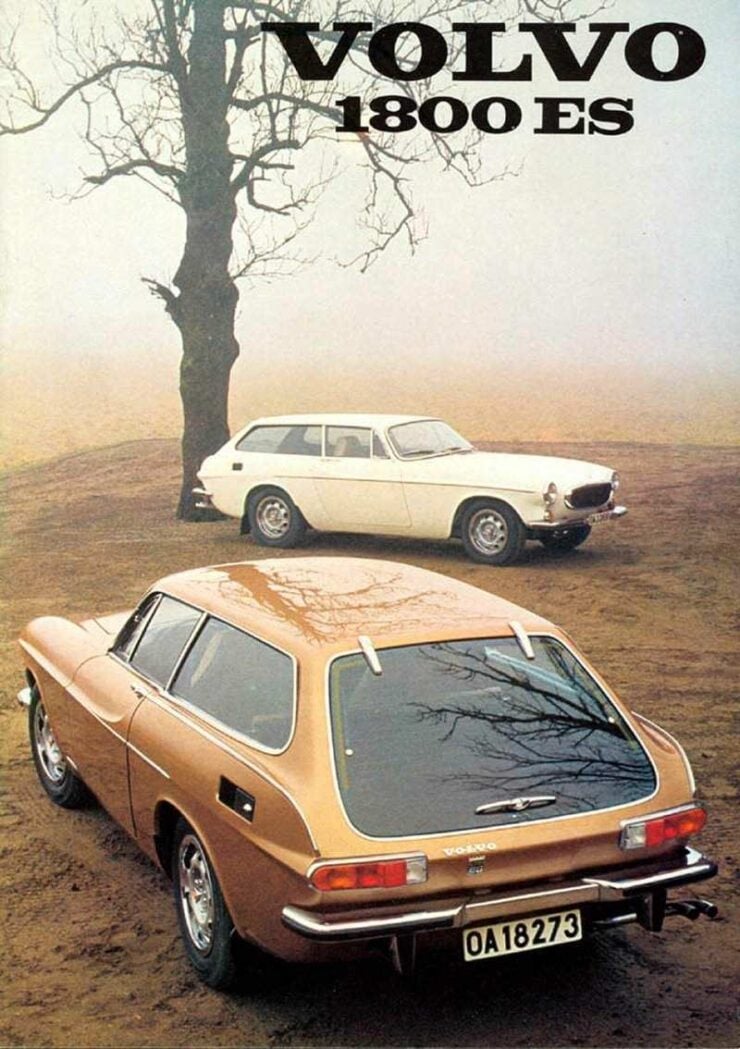

The original designs for the 1800ES were undertaken by Sergio Coggiola and Pietro Frua in Italy, with two prototypes built. Known as Raketen “the Rocket,” these prototypes were considered too futuristic, and instead a design by Jan Wilsgaard was adopted, known as the “Beach Car.”
The name Beach Car was surprisingly apropos, as the eventual production version of the 1800ES would be adopted by surfers from LA to Sydney thanks to the fact they could fit their boards in the back and sleep in there also.
The underpinnings of the car were essentially identical to the earlier Volvo P1800, the body remained overwhelmingly the same as did the drivetrain and running gear, with the major change being the obvious new roofline, new interior at the back, and rear hatch.
The engine would receive a minor modification, it was essentially the same B20 2.0 liter inline four with overhead valves and electronic fuel-injection from Bosch, but it was given a slightly thicker head gasket to reduce the compression ratio and reduce power from 130 bhp in the P1800 to 125 bhp.
This engine was favored by many as being less “peaky” and better suited to daily driving duties, though of course over the years many owners have modified them to increase power. Both a 4-speed manual with overdrive and a 3-speed automatic were offered, many preferred the manual but there are plenty of automatics still available today on the secondhand market.
The End And A New Beginning
The Volvo 1800ES was built for just two years, 1972 and 1973, before the model left production and was replaced by the Volvo 262C, an indirect successor that certainly didn’t inherit the flowing lines of the 1800 family.
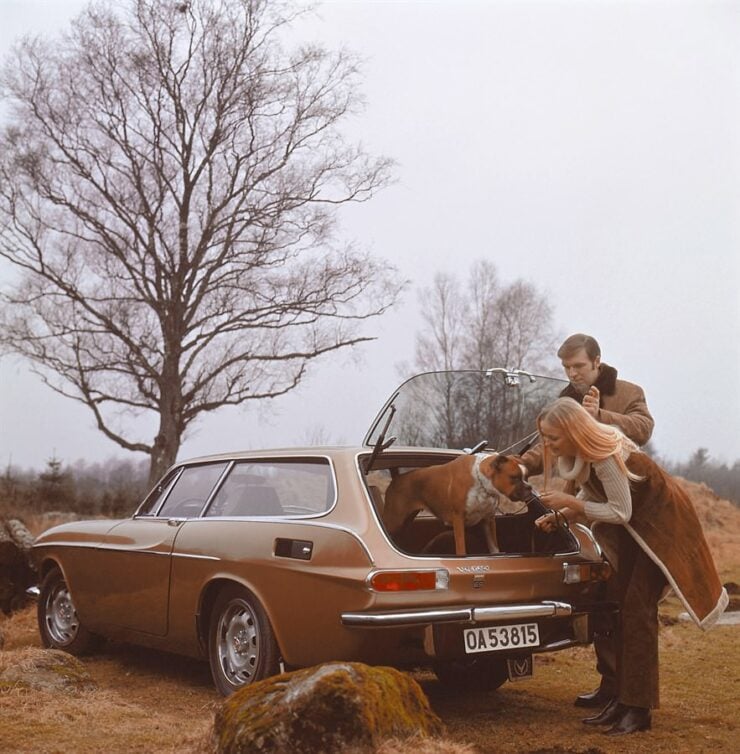

Decades later in 2006 Volvo would debut the Volvo C30, this was a modern two door successor to the 1800ES that featured an all-glass rear opening hatch. It was the true spiritual success to the 1800ES and it remains a collectible modern classic today.
The Volvo 1800ES Pickup Conversion Shown Here
The car you see here may very well be the only example of its kind in the world. As mentioned in the introduction it’s a 1973 Volvo 1800ES that’s been modified using the rear bulkhead and cargo bed from a Subaru BRAT, turning it into a pickup.
The fit and finish of the build has been completed to a very high level, the builder apparently spent decades on the job, and the work speaks for itself – the car looks like an official factory-built prototype that was destined for a tour of the motor show circuit in 1973.
The modification included an overhaul of thew unibody, a repaint in blue, the seats were re-trimmed in black leather, and it was given early-style side trim, chrome cow-horn bumpers, sliding rear windows, and a tow ball.
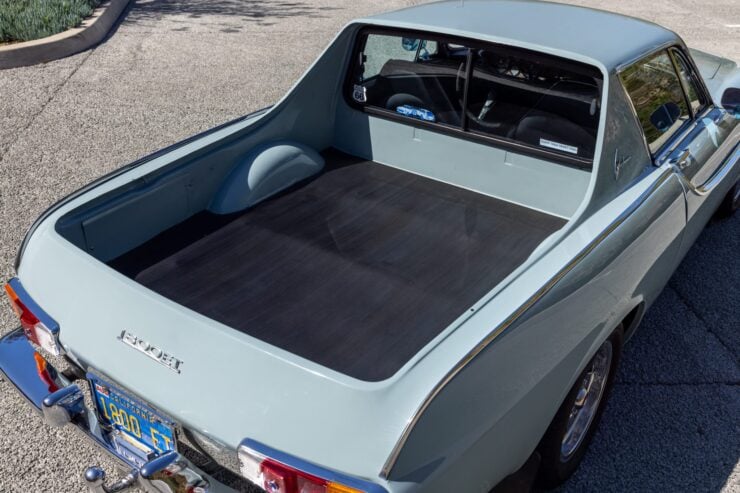

The car is powered by the correct Bosch fuel-injected 2.0 liter inline-four sending power to the rear wheels via a 4-speed manual transmission with overdrive. It has disc brakes on all four wheels, personalized blue California license plates, trophies, newsletters, partial service records, and a clean California title in the seller’s name.
It’s now being offered for sale on Bring a Trailer out of Chula Vista, California. If you’d like to read more about it or register to bid you can visit the listing here.
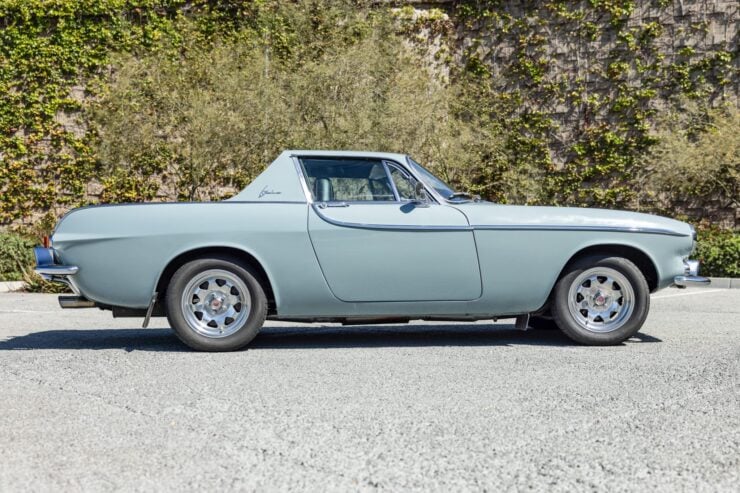
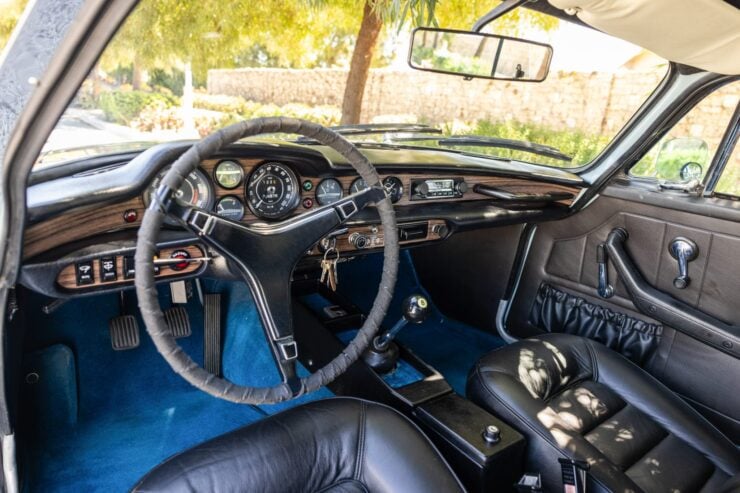

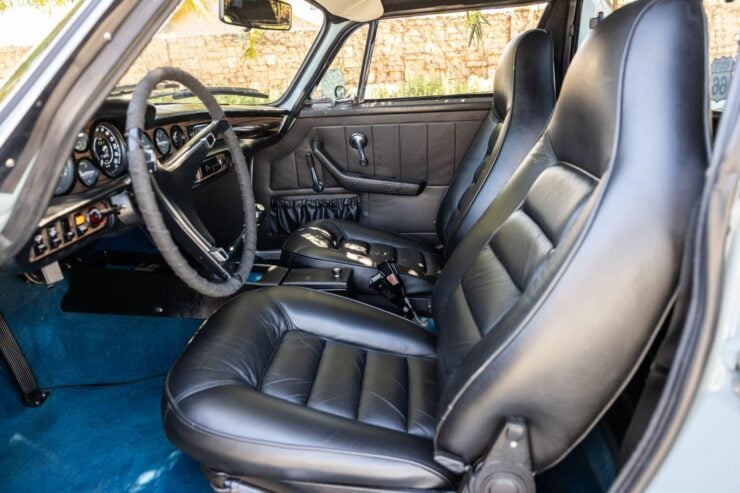
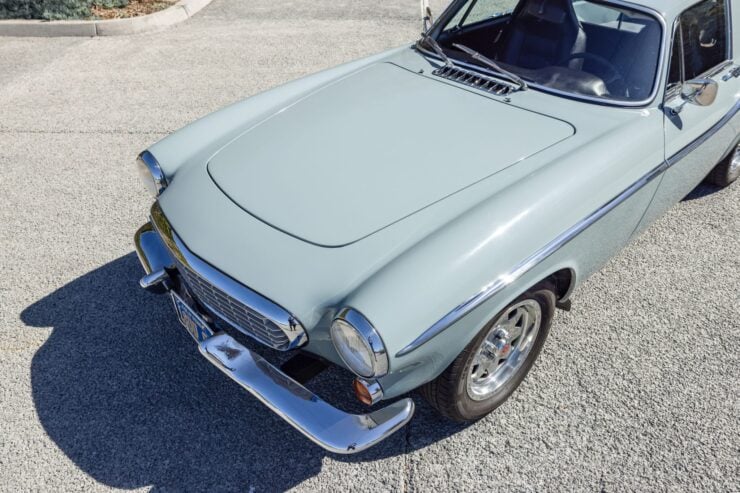
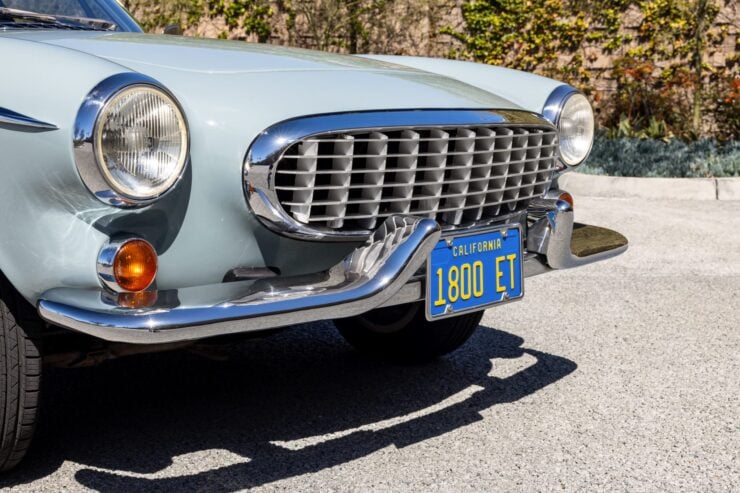
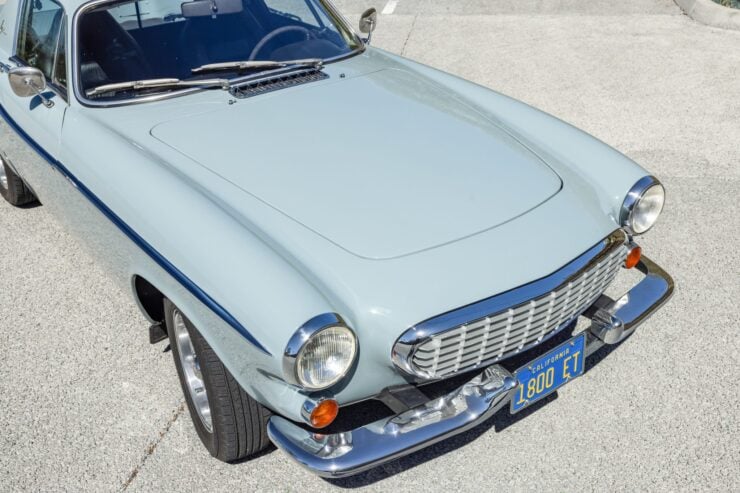
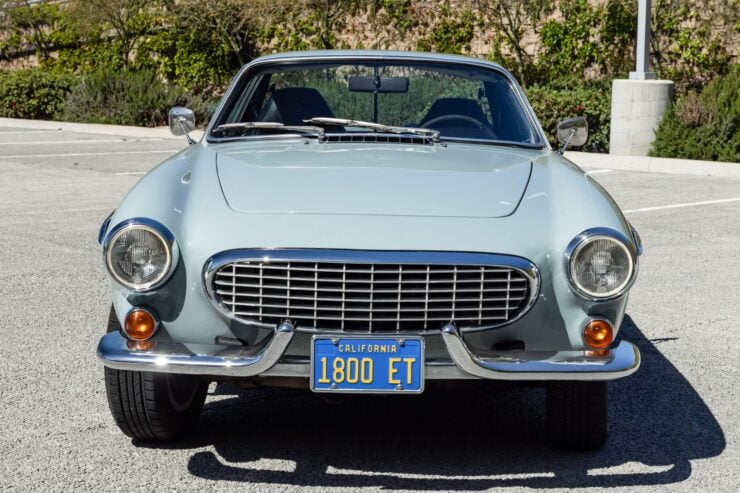
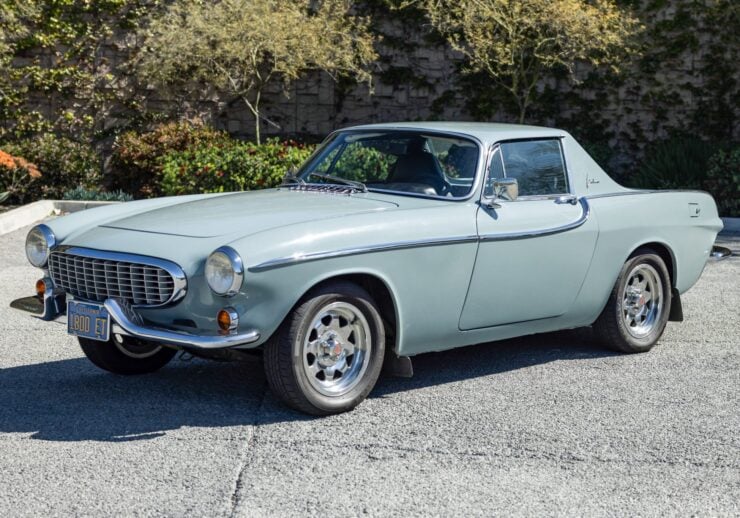
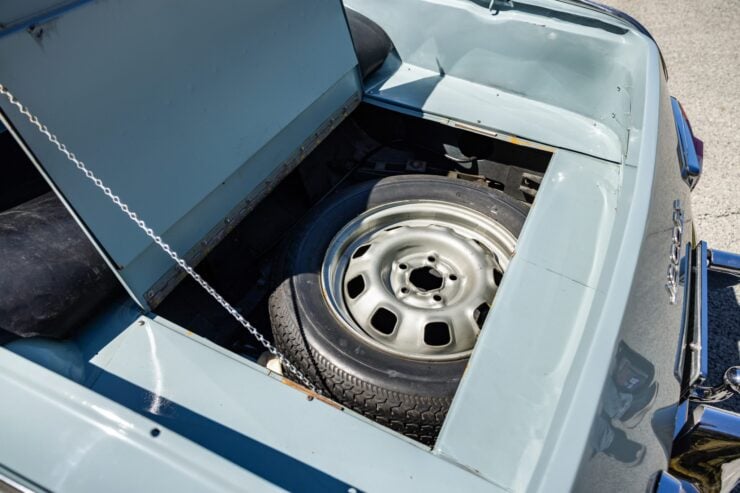
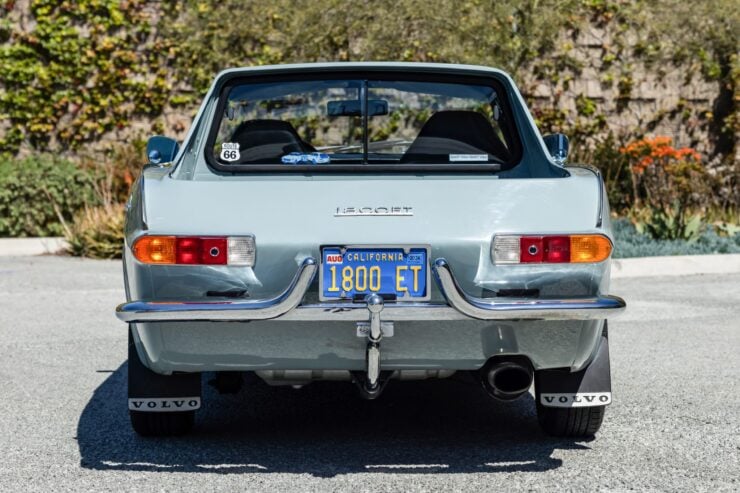
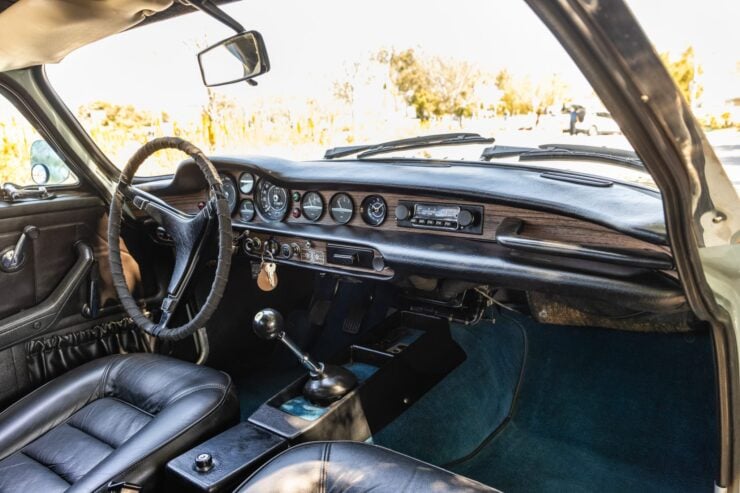
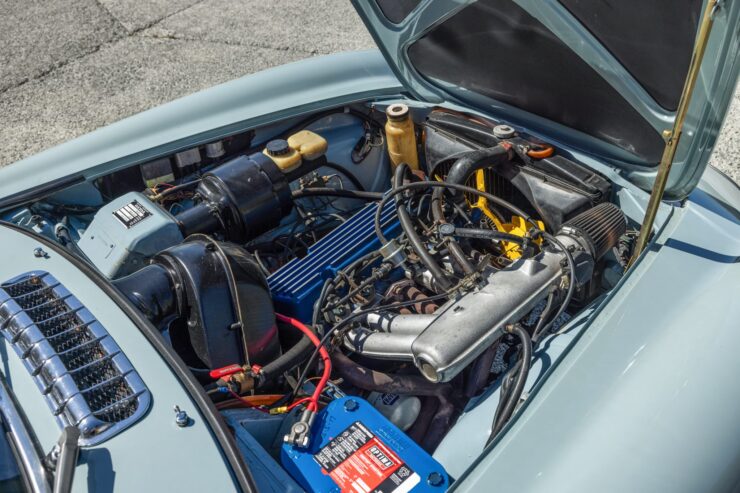
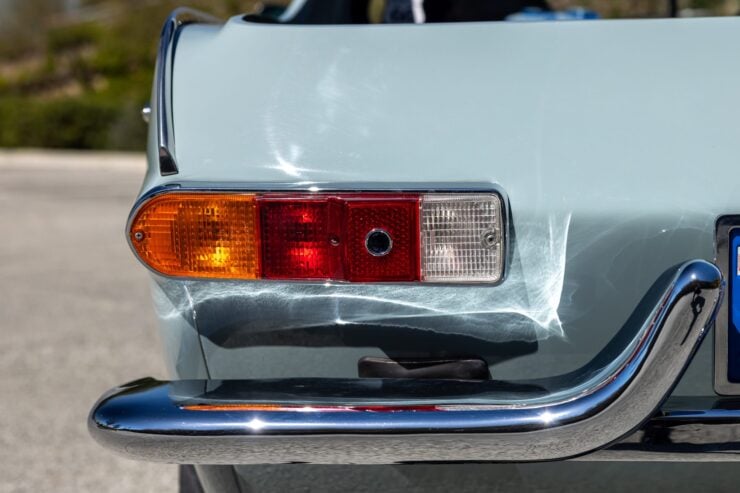
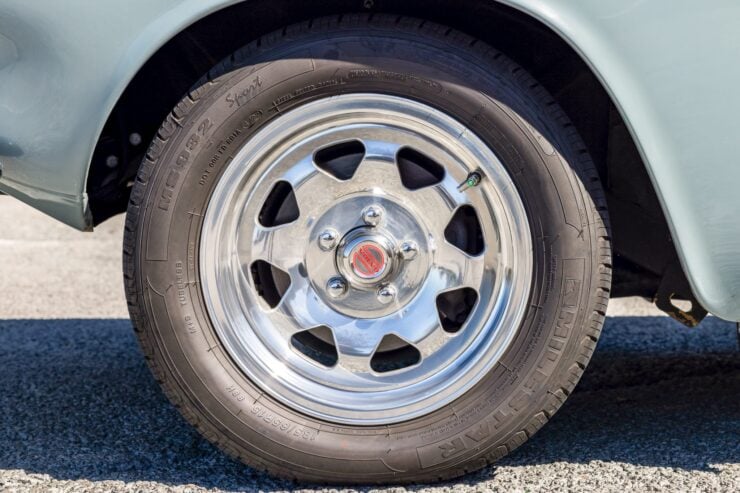
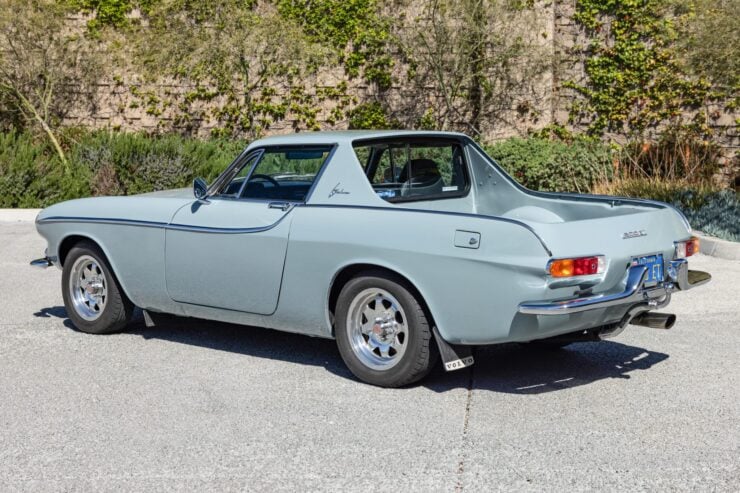
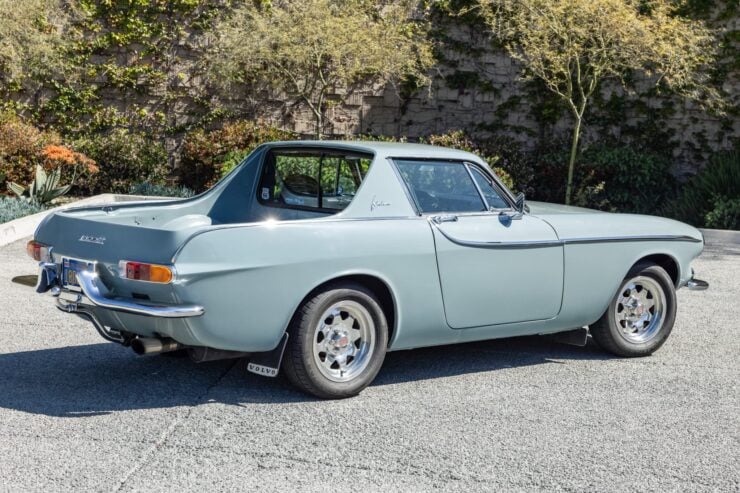
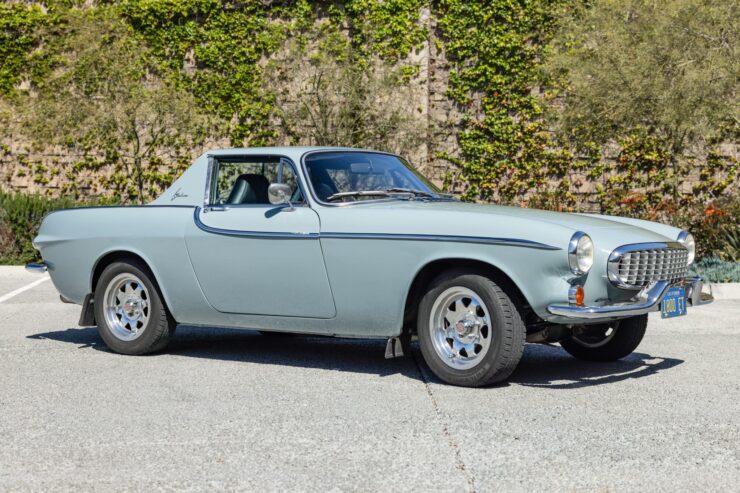
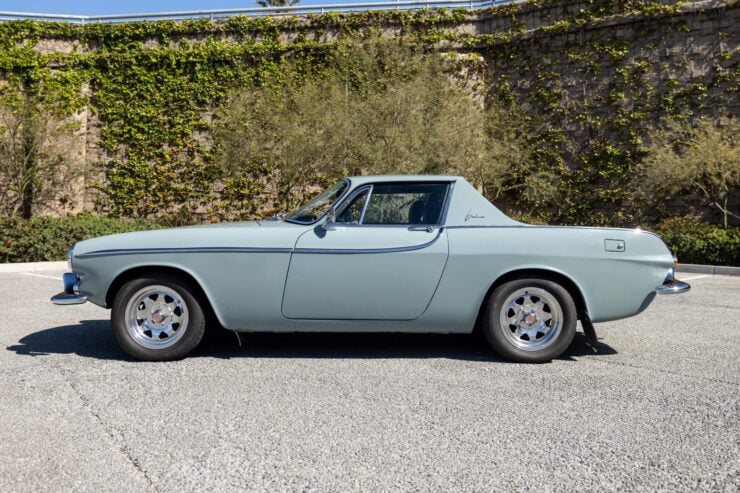
Images courtesy of Bring a Trailer

